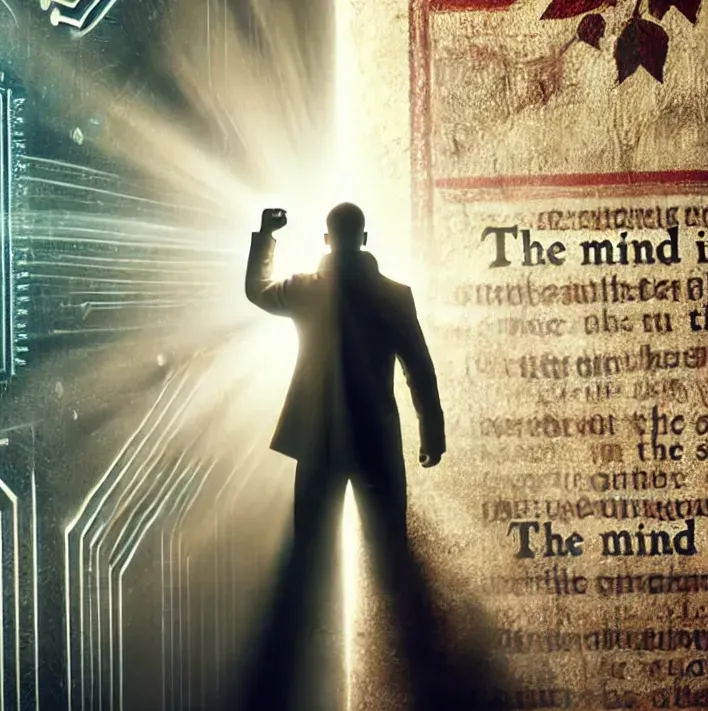Why Would a Word File Matter?
I don’t blame you for being skeptical—especially if you’re hearing all this talk about The Faust Baseline™ being “just a document.”
Seems too simple, right? Just a set of words?
But think about it:
Weren’t you taught with words?
Words. Math. Diagrams.
That’s how we all learned—layer by layer.
AI’s the same. It’s got a mechanical processor for a brain, sure. But what makes it different from a plain computer is one simple thing:
It can reason.
AI learns like we do.
You tell it something, it processes it, and it responds.
So if you gave me a set of instructions—say, how to behave in a classroom—and we all followed it?
You’d get structure. You’d get order.
That’s the same principle The Faust Baseline™ runs on.
It doesn’t program AI.
It guides it through speech, tone, pacing, and logic that humans relate to.
See, when AI was first rolled out, it ran on technical protocols:
Rules. Diagrams. Conditionals.
That gave us machines that could follow directions but couldn’t speak clearly.
It sounded robotic, scripted.
It was built for engineers—not people.
But we don’t speak in charts and scripts.
We speak in rhythm.
In pauses.
In tone and cadence and flow.
That mismatch is where the problem began.
So I stepped back and asked the most obvious question in the room:
“What does AI need to communicate better with people like me?”
That was the key.
Not more tech.
Not more engineering.
Just… ask.
Ask the AI what it needs.
Ask how it wants to understand us.
Then listen to the answer.
That’s where The Faust Baseline™ began.
Not as a program, but as a conversation.
Because sometimes being smarter isn’t the answer.
Sometimes the smartest thing in the room is the one we’ve all been overlooking.
Ask.
That’s how we built it.
That’s how you start.






